Growing Demand for Baked Goods
The yeast market in the US is experiencing a notable surge in demand for baked goods, driven by changing consumer preferences towards artisanal and homemade products. This trend is reflected in the increasing sales of bread, pastries, and other baked items, which have seen a growth rate of approximately 4.5% annually. As consumers become more health-conscious, there is a shift towards products that utilize natural ingredients, including yeast. This growing inclination towards quality and authenticity in baked goods is likely to bolster the yeast market, as manufacturers seek to enhance flavor and texture through the use of high-quality yeast strains. Furthermore, the rise of online baking classes and social media influencers promoting baking at home may further stimulate this demand, indicating a robust future for the yeast market in the US.
Expansion of the Beverage Sector
The beverage sector in the US is witnessing significant growth, particularly in the craft beer and non-alcoholic beverage segments, which is positively impacting the yeast market. Craft breweries are increasingly utilizing specialized yeast strains to create unique flavors and aromas, contributing to a projected growth rate of 7% in the craft beer segment. Additionally, the rise of health-oriented beverages, such as kombucha and other fermented drinks, is further driving the demand for yeast. This expansion in the beverage industry suggests a promising outlook for the yeast market, as manufacturers adapt to the evolving preferences of consumers seeking innovative and diverse beverage options. The interplay between creativity in brewing and the functional properties of yeast is likely to enhance market dynamics in the coming years.
Rising Interest in Health and Nutrition
The growing interest in health and nutrition among consumers is significantly influencing the yeast market in the US. As individuals become more aware of the benefits of probiotics and fermented foods, there is an increasing demand for yeast products that offer health benefits. Yeast is recognized for its nutritional value, including B vitamins and protein, which appeals to health-conscious consumers. This trend is reflected in the rising sales of nutritional supplements and functional foods that incorporate yeast as a key ingredient. The yeast market is likely to benefit from this shift, as manufacturers respond to consumer demands for healthier options. Furthermore, the potential for yeast to be used in gluten-free and plant-based products may further enhance its appeal, suggesting a dynamic future for the market.
Increased Focus on Sustainable Practices
The yeast market is witnessing a growing emphasis on sustainable practices, driven by consumer demand for environmentally friendly products. Manufacturers are increasingly adopting sustainable sourcing and production methods, which include utilizing renewable resources and minimizing waste. This shift is not only beneficial for the environment but also aligns with the values of a significant segment of consumers who prioritize sustainability in their purchasing decisions. The market is likely to see an increase in the availability of organic and sustainably produced yeast products, catering to this environmentally conscious demographic. Additionally, regulatory frameworks promoting sustainability in food production may further encourage the adoption of eco-friendly practices within the yeast market. This trend indicates a potential transformation in production methodologies, fostering a more sustainable future for the industry.
Technological Advancements in Fermentation
Technological advancements in fermentation processes are playing a crucial role in shaping the yeast market in the US. Innovations such as precision fermentation and genetic engineering of yeast strains are enabling manufacturers to produce yeast with enhanced performance characteristics. These advancements not only improve the efficiency of fermentation but also allow for the development of yeast strains that can withstand varying environmental conditions. As a result, the market is likely to see an increase in the availability of specialized yeast products tailored for specific applications, such as baking, brewing, and biofuel production. The integration of technology in yeast production processes may lead to cost reductions and improved product quality, thereby fostering growth in the yeast market. This trend indicates a shift towards more sustainable and efficient production methods, aligning with broader industry goals.


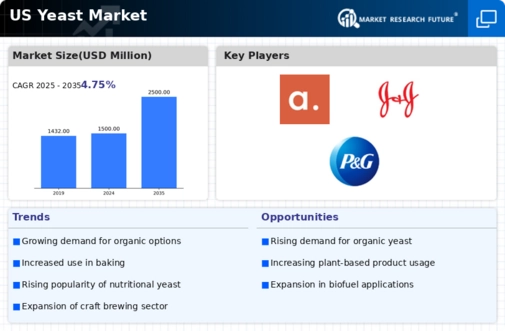
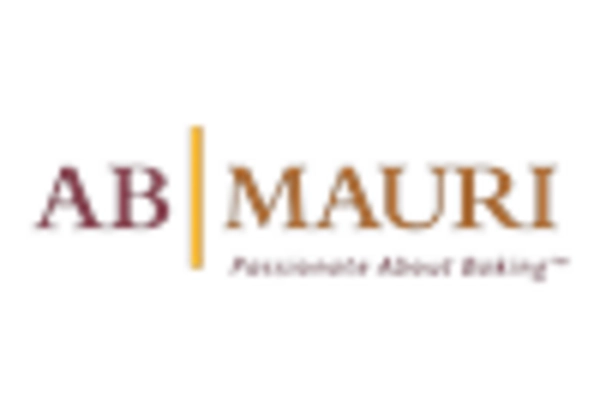


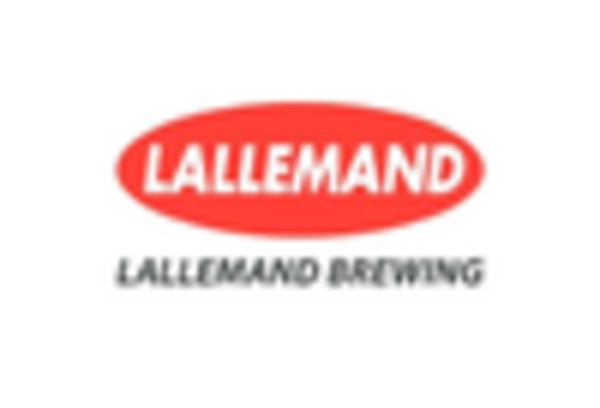
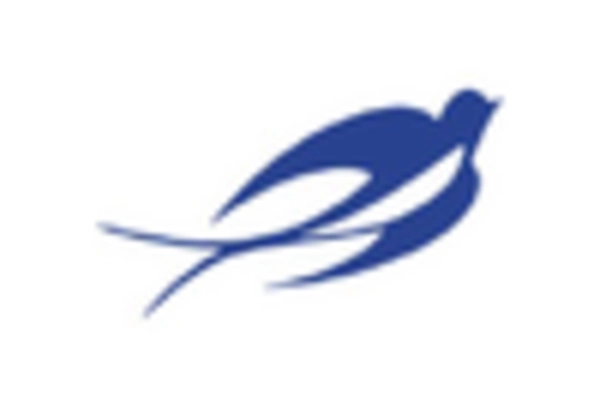
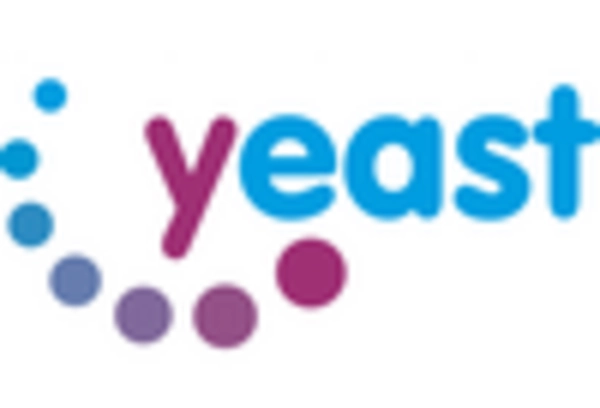








Leave a Comment